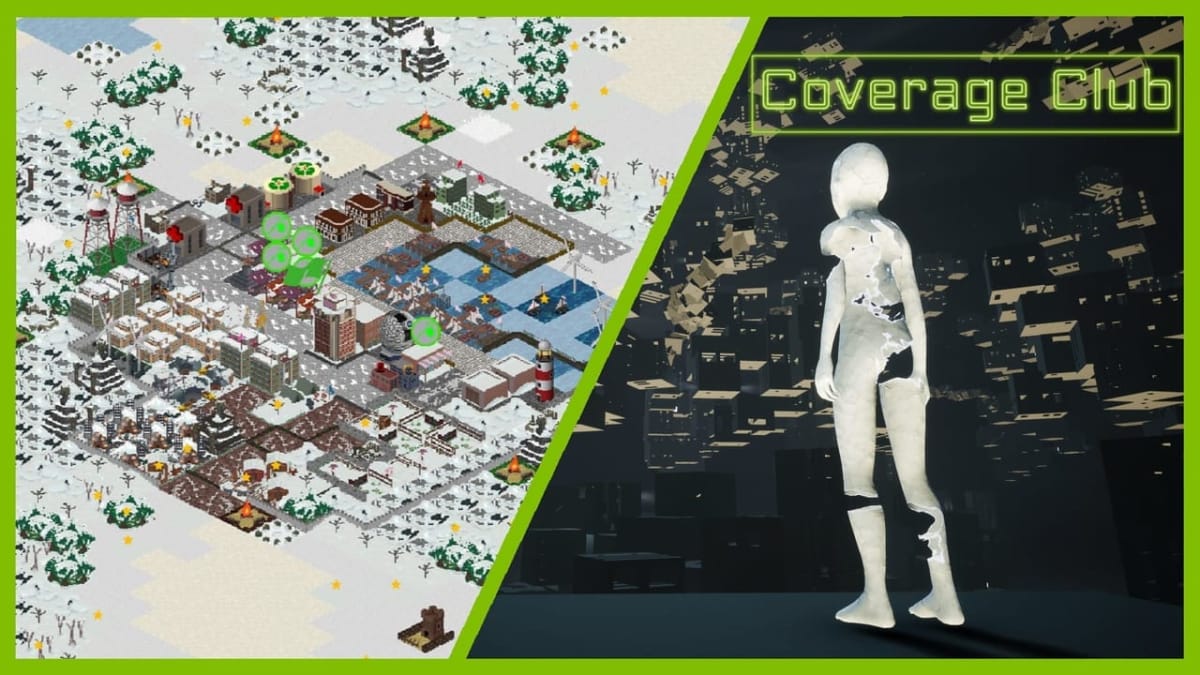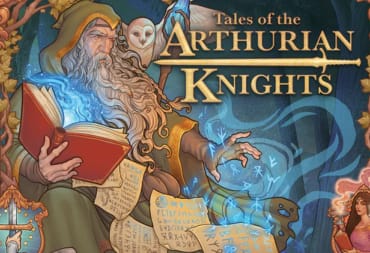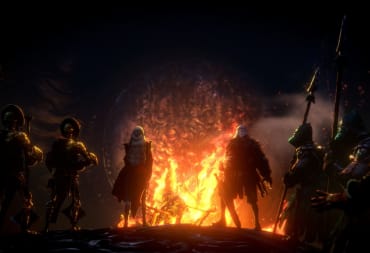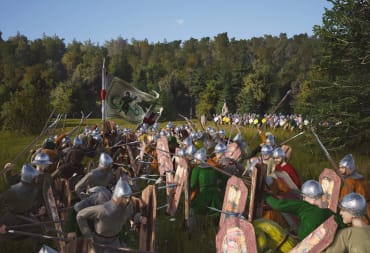Coverage Club is our weekly series of smaller impressions in the style of full reviews. Games can range from brand new titles hitting Early Access to older hidden gems that never got their due. No matter your preference, you’re sure to find something off the beaten path here.
The Inner Friend
Covered by Samuel Guglielmo
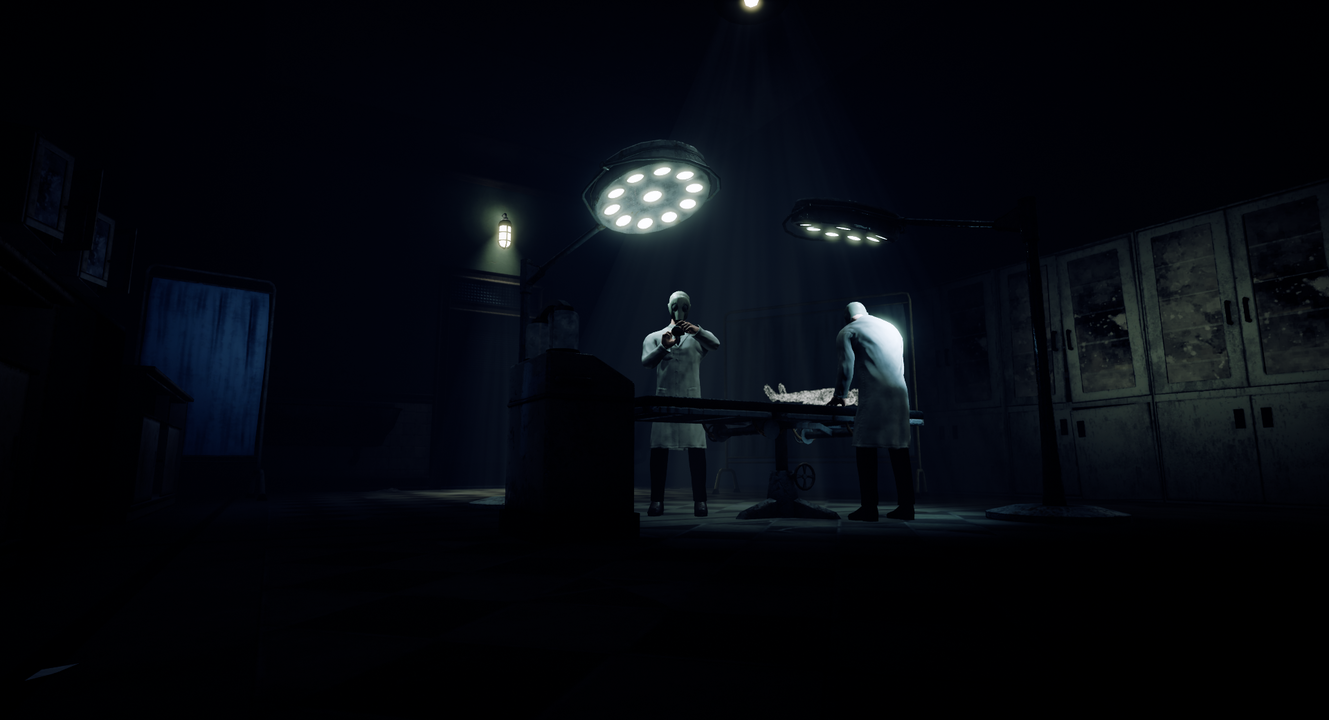
I feel the need to set up the scene of The Mix before I start talking about The Inner Friend. The party took place at the top of a well-lit hotel. Over thirty indie games played on rows of TVs. Mega Ran was there performing his songs for people. There was a pool and a hot tub. The alcohol was flowing and there was so much food. A guy dressed as a wizard never broke character once. Basically, it was a joyful and packed event that very clearly had no monsters in it.
So I’m not understating when I say The Inner Friend made me yell in terror at a party.
The game sees you taking on the role of what appears to be a young child. The character only seemed to barely exist in the world. Parts of the character would fade in and out of view like they weren’t even corporal in the first place. It’s already a weird start to the game. One that drew me in and had me wondering what led to this.
As they wandered they could find mirrors that, when interacted with, shattered. This would change the world around me, taking down walls and opening up new passages around the world. That said, I’m not really sure what this world is. The dream-like state gave it a unique look, and eventually, I worked out that I was in some sort of twisted salon.
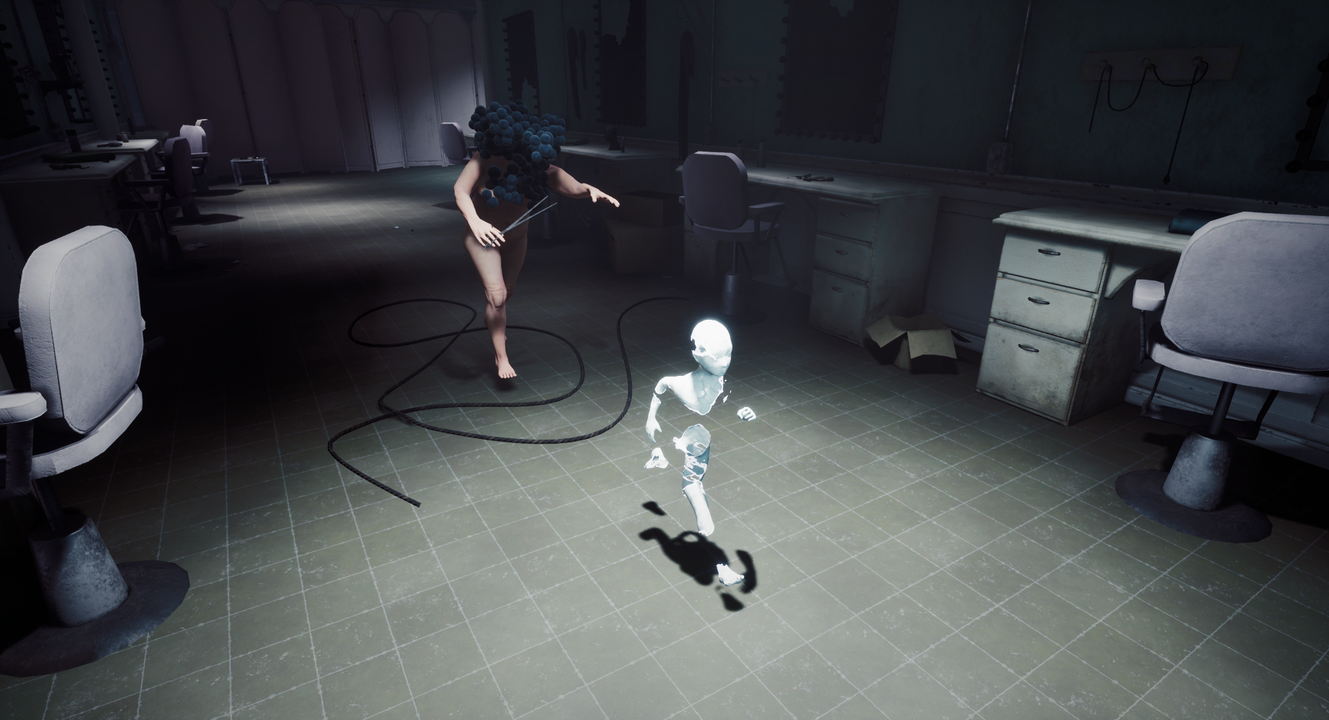
Of course, you can’t go around shattering mirrors without getting a bit of bad luck. In The Inner Friend’s case, this would be the Hairdresser. What is the Hairdresser? Well, the most I can tell you is that she had the body of a naked old woman (this is already horrifying). A totally out of control hair-do covered her head and face. Of course, she also carried around a giant pair of scissors that she wants to use on you. The design of the Hairdresser is just human enough to be unsettling. Her well-done cutscene introduction features smart choreography that sets up how much of a threat she is.
Running was all I could do at first. The chase scene was intense, and I managed to always just stay out of the Hairdresser’s reach. Eventually, I learned how to hurt her. Shattering the mirrors seemed to cause her to react with pain, so that became my goal. Sneaking around, avoiding her gaze and shattering the mirrors all to try and work my way out of this situation.
Of course, I didn’t think ahead and shattering those mirrors also alerts the monster to your current location. This is where my playthrough of The Inner Friend came to an end, with me hearing something behind me and turning around just in time to see the sickening scissors snapping the child’s head off. Despite how much it startled me, I’m more than ready to dive into the game again. I want to see more of it’s weird and twisted world, and learn the story of its mysterious inhabitants. Just, you know, not where people can see me break down crying in terror.
The Inner Friend was sampled at E3 2018 during The Mix. The game will be releasing in 2018 for PC, PlayStation 4, and Xbox One.
Spiritlands
Covered by Robert Grosso
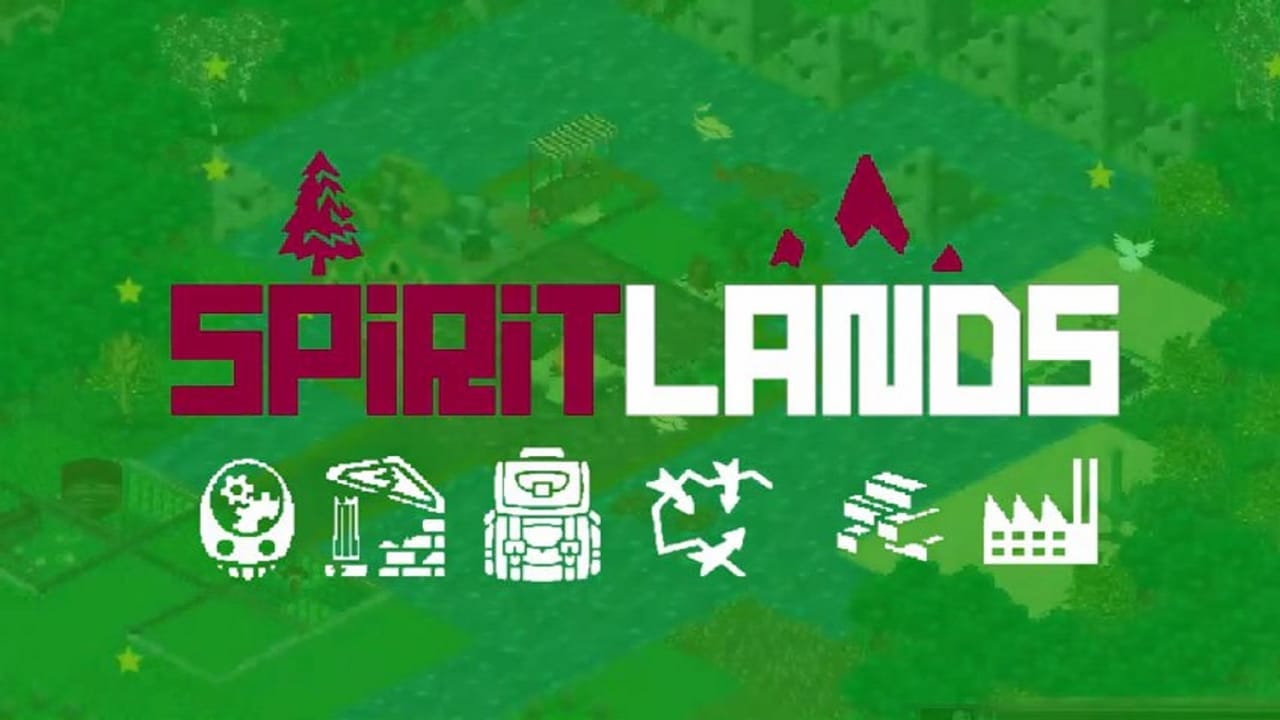
Spiritlands is a game that his high on ambition, something that is refreshing to see in the indie scene. Sometimes though, that ambition goes beyond the scope of what developers can deliver. In the case of Spritlands, it tries to do too much at once, and never really gets going as a result.
A real-time strategy game by indie developer Prey Interactive Spiritlands a game that incorporates elements of survival and old-school RTS into its package. Players will oversee a settlement of colonists in a far off, randomly generated (or user created) map, struggling to survive and gather resources to grow their colony into a massive city-like paradise. Think Civilization mixed with Minecraft, and you got a pretty good idea of what Spiritlands is trying to be.
On paper, it’s a good idea. Every settlement design is unique. Prey gives a lot of creative leeway to the player to customize their experience fully, from the flag you fly over your capital to the way you play for dominance. Tons of building options are available, from schools to taverns to more high-tech options such as wind turbines and observatories. There are five different paths to take as well, from standard explorers to a full-blown military conqueror, so for an indie game, there is a lot of depth in terms of options for the player.
Where Spiritlands falters is the other side of the mechanics, the collection of resources. Prey Interactive attempted to add some depth to resource collection by giving players tons of items needed in combination to grow your colony. Food, fuel, even happiness are commodities players need to satisfy, and the four main resources, coal, stone, wood and food, are often only in abundance for a short time in the wild. Spiritlands expects players to deftly micromanage everything. Often, you run into a scenario early on where foraging outpaces your colony's growth requirements. And yet, foraging is needed to grow the colony so that automated productions can save you time gathering resources. This becomes a catch-22 where a skilled player will overcome the obstacle through micromanaging, while a more casual player will scratch their heads as to why their colony is dying in the winter.
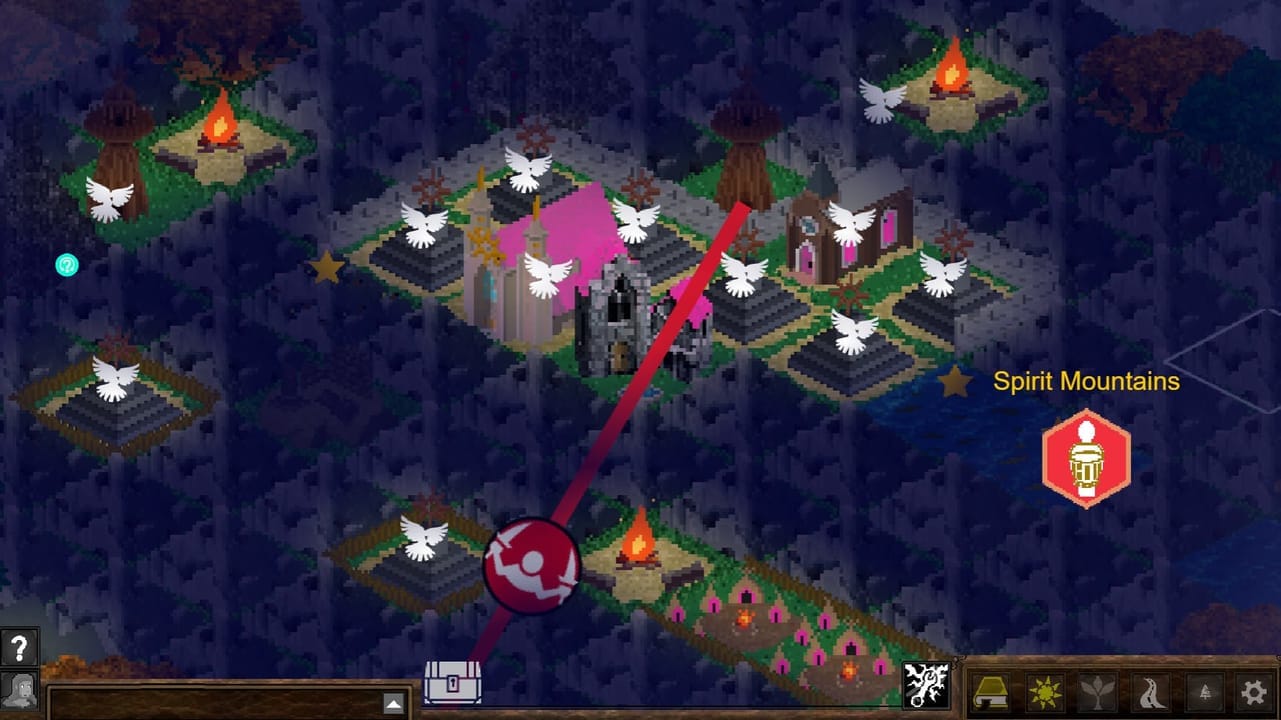
The balance is difficult to get used to and not helped by the mechanics of the game. Spiritlands tries to simplify the process by making everything tied to an “on-tile system.” For example, highlighting workers and then highlighting them on a specific tile assigns them to it, whether it is working on a farm or chopping wood. It takes some getting used to, as what we see are number and stat changes instead of physical movement with the pixel-style graphics.
It also takes some getting used to in figuring out how to build and assign workers to structures, set up soldiers for defense or offense, change workers productivity lines to a different resource, and other standards found in most RTS games. This is one of the few games I know that recommends players read through their tutorial extensively, but it goes into such painstaking detail the nuances of the mechanics are totally lost.
What you have, in the end, is a forgettable indie game that tries to play like a pixelated version of Civilization but leans too heavily onto its survival aspects. The early goings of your colony end up imbalanced. Even if you overcome that obstacle, it's a slow burn to a successful colony that is hampered by tricky mechanics. Hardcore RTS fans will enjoy the challenge, but for most Spiritlands is probably not worth a play.
Spiritlands was covered on PC via Steam with a copy provided by the developers.
What do you think of this week’s Coverage Club selections? Do you know of an overlooked game that deserves another chance? Let us know in the comments below, and don’t forget to follow our Steam Curator to keep up to date with all our reviews.
Have a tip, or want to point out something we missed? Leave a Comment or e-mail us at tips@techraptor.net
